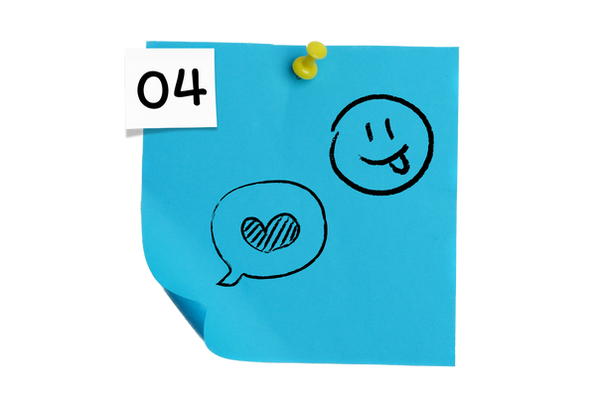
DIY Fragrance Spray
Get ready to unleash your inner scientist and create your own magical fragrance spray! This fun and easy DIY project uses natural essential oils to craft a scent that's totally YOU. With just a few simple ingredients, you'll mix, shake, and spritz your way to a custom aroma you'll love. Perfect for gifting or keeping, it's a creative adventure that smells amazing!


1. Isopropyl Alcohol: ½ Tablespoon (1 mL)
2. Essential Oil: ¼ Teaspoon (0.2 mL)
3. Water: 1 ½ Tablespoon (3 mL) - Not included in kit
Optional: Glitter

Containers (3 per kit)

Isopropyl Alcohol Packaging
(3 per kit (2 mL)):

Essential Oil Packaging
(3 per kit (0.2 mL))


1. Isopropyl Alcohol: Add 1/2 tablespoon (1 mL) into a 1 oz spray bottle.
-
3 vials containing ½ tablespoon each will be included in each kit.
-
This helps the oils and water mix well.
-
70% or higher, 91% or higher works best.
-
Available in the pharmacy section of stores
2. Essential Oils: Add ¼ teaspoon (0.25 mL) of essential oil total to the spray bottle containing the alcohol. Add the top to the bottle and shake vigorously to mix.
-
This can be one or a blend. For example, blend lavender and lemon for a fresh, calming smell.
-
You must mix the alcohol and oil before adding the water, or the oil will not be dispersed throughout the spray.
3. Water: Fill the bottle with water until you reach the curve at the top. Leave a little space at the top so you can shake it.
4. Shake It Up: Close the bottle tightly and shake it well to mix everything.
5. Make It Yours!
Decorate your bottle with stickers or labels to make it fun and unique.
Optional: Glitter to add some sparkle and fun

1. Be Careful with the Oils:
Essential oils are super strong. Always mix them with water or other ingredients and keep them away from your eyes.
2. Don’t Spray Your Face:
Only spray your fragrance on your clothes or in the air. Keep it away from your eyes, nose, and mouth.
3. Use Clean Stuff:
Make sure your bottle and tools are clean before starting. Only use ingredients that are safe for your skin, and don’t spray on cuts or scrapes.


Mixing Liquids
Some liquids, like water and essential oils, don't naturally mix because they have different properties (water is polar, oils are nonpolar).
Key takeaway: Adding isopropyl alcohol helps the oil and water mix by acting as an emulsifier.
Preservation
Adding alcohol prevents bacteria and mold from growing in the spray.
Key takeaway: Chemistry helps us keep products safe for use over time.
Properties of Essential Oils
Essential oils are made up of natural compounds that give them their unique smells. These compounds are volatile, meaning they evaporate quickly to release the scent.
Key takeaway: Chemistry helps us extract and use natural materials to make products.
Experimentation
By adjusting the number of drops of essential oil or mixing different scents, they’ll see how small changes can affect the final product.
Key takeaway: Experimenting is an important part of chemistry and helps improve products.
Ratios and Measurements
Proper amounts of each ingredient are important for creating a safe and effective product.
Key takeaway: Measuring and mixing ingredients is like following a recipe—it’s applied math and chemistry in action.
The Science of Smell
Different essential oils affect the senses differently (some are calming, others energizing).
Key takeaway: Chemistry connects to biology by influencing how our brains and bodies respond to scents.


Show off your awesome fragrance creations! Snap a pic and share it with us using #DetroitCHEMpreneurIST



